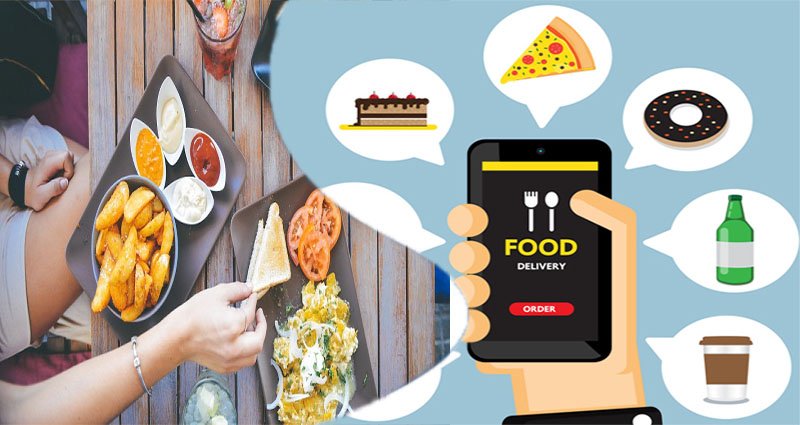A food business can use several different types of marketing to gain new customers and boost sales. Some effective marketing techniques include using exclusive stores to show off their products and encourage repeat sales. In addition, they can use unique ideas and unique items to separate themselves from their competition. Whether they are edible or not, unique items and original ideas will help you attract customers.
Promotional materials
Promotional materials are a great way to build your brand awareness. You can use a variety of methods, including direct mail, newspaper ads, radio, television, and email. Food brands can use direct mail to get their name and logo in front of the public. However, traditional marketing methods can be expensive, and they tend to target a large audience. One alternative is word-of-mouth advertising, which involves asking satisfied customers to recommend your products to their friends.
The best promotional items inspire customers to call or visit a business. They also make consumers more likely to purchase a product. This is why food business owners should use these items to get customers to try their food products. They can also keep these items handy to promote their business and local food businesses.
Geo-targeted ads
If you’re trying to increase your customer base, geo-targeted ads are a great tool for your business. These ads can target people based on their current location, which means they’ll be more likely to click on them if they’re nearby. These ads can also be effective for clothing stores and quick service restaurants, as they encourage consumers to visit their locations. They also allow you to create more targeted promotional offers, which increase engagement.
Geo-targeted ads work by running a reverse IP lookup against a third-party database. This database is updated weekly with the latest location data, allowing you to target customers by state and country. Whether you’re trying to reach a local customer or are trying to reach your competition, geo-targeted ads will help you get a better return on investment.
Brand awareness ads
Brand awareness ads are a powerful way to acquire new customers fast. They showcase your product and focus on its benefits. They highlight what sets your brand apart from competitors. You can also use the ads to promote your USP. This helps consumers learn about your food business. Hence, they increase the chances of converting to a paying customer.
Social media provides a great platform for broadcasting messages. However, you must use it wisely to target the right audience. The first step is to know which platform your target audience frequents. Make sure to target your ideal audience and create brand awareness ads on the relevant platforms. For example, if you’re targeting foodies in a specific demographic, create a Facebook account and make sure that people who use that demographic follow your account. In addition, make sure to use social media apps that target your specific audience.
Email marketing
When used effectively, email marketing can increase restaurant visits and orders. Restaurants that use email as a marketing strategy should focus on lead nurturing and targeted messaging to build relationships with customers. In addition, they can offer coupons based on consumer behavior. Using analytics to monitor the performance of an email campaign is a key component to success. Here are some tips to make your email campaigns more successful: (1) Use relevant content and frequency
First, try creating an email that features a unique offer for customers. For example, an interactive word search game may boost engagement with recipients. This type of content can also increase brand recognition. Restaurants can also use gamification to keep customers interested in emails longer.
Partnerships with other businesses
Using partnerships with other businesses as part of your food business marketing strategy can be an effective way to increase your visibility in the community. A great example is a local festival or market. By offering samples and food for sale, you can attract more attention and gain loyal supporters. Other ways to partner with other businesses are to create a reseller program or become a referral partner.
When considering a partnership, it is important to match your business with the community. For example, if your restaurant is geared towards families, you would probably not want to partner with a late-night college bar. The right partners should be able to add value to customers and bring in new ones.











